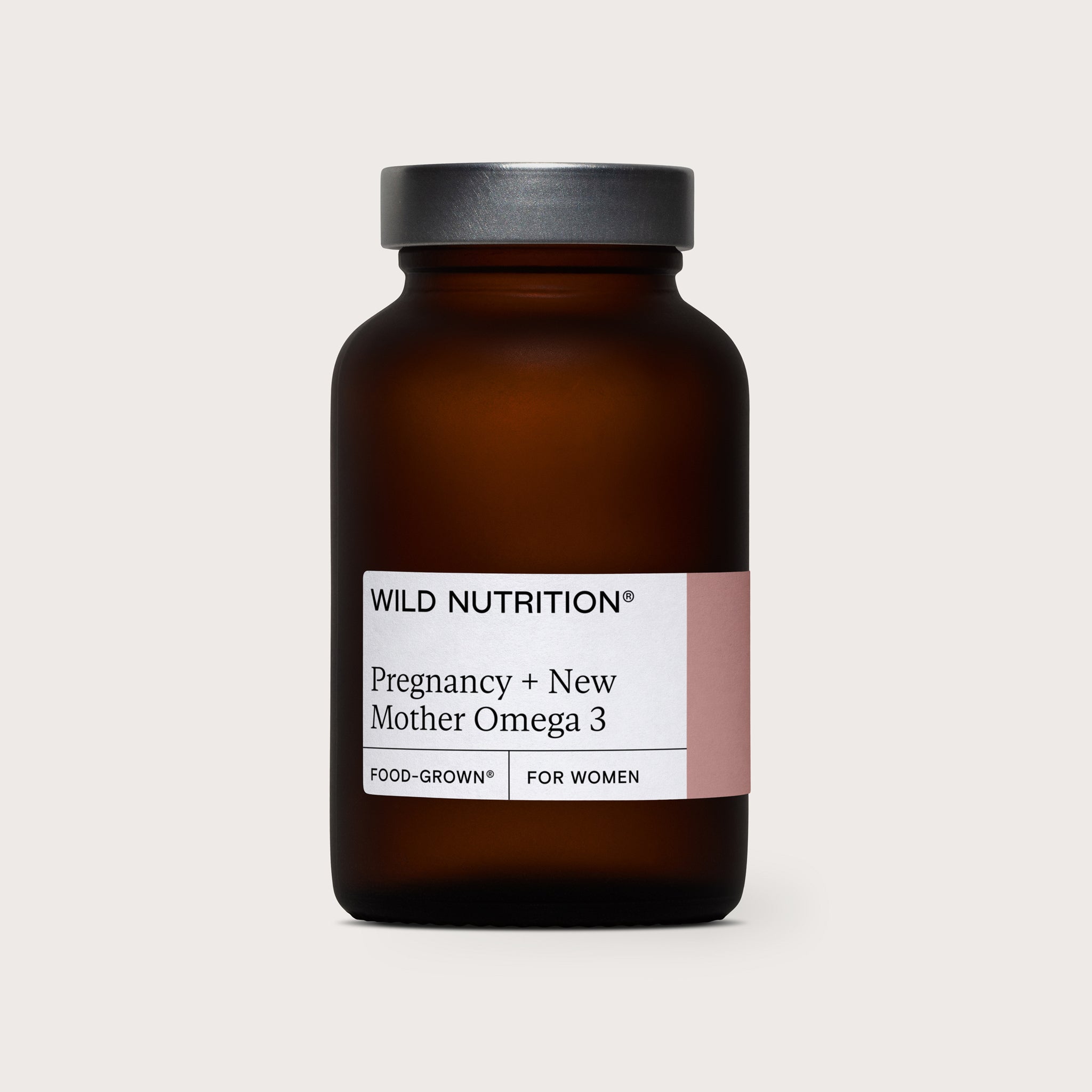
Coeliac disease and gluten sensitivity: part 1
For some time now, we have understood the implications of eating gluten-containing foods for those diagnosed with coeliac disease. Coeliac disease is an autoimmune condition provoked by an extreme sensitivity to gluten.
Gluten sensitivity is in a category of its own Non-Coeliac Gluten sensitivity (NCGS) has historically been harder to diagnose, as it does not fit the same pathology and diagnosis criteria as coeliac disease. Very often, genuine gluten intolerance or sensitivity is misunderstood and can be brushed aside by professionals. Patients who are thought to be gluten sensitive by their doctor may have been referred for antibodies tests or indeed, biopsy, but neither of these methods is accurate for a non-coeliac gluten sensitivity sufferers. Doctors may test for an immune response to only one type of protein gliadin (explained below) called alpha-gliadin but there is more than one type of these proteins found in gluten. Therefore a negative result for this antibody does not fully rule out an immune response to other types of gliadin. It’s easy to see how genuine cases can be missed. American laboratories now offer advanced testing through the UK and these looks at the variations in antibodies, cross-reactivity (explained further in this article) and the location of antibodies produced in the body e.g gastrointestinal, brain etc.
In 2011, gastroenterologists gathered in Oslo in 2011 to agree on a new term and formally categorise ‘non-coeliac gluten sensitivity’ (NCGS) as being distinct from coeliac disease or a specific allergy to wheat. For example, there are numerous studies that show patients experiencing gastrointestinal symptoms from gluten consumption who do not have coeliac disease. For example, one study found patients with gluten-related IBS symptoms but who had no mucosal (lining) damage (a characteristic of coeliac disease) (2).Other well-recognised research has paved a way forward for greater comprehension, and for NCGS to be taken seriously in its own right – distinct from coeliac disease. Interestingly, further research is looking at not only the health of the gut and gluten but also gluten’s neurological effect.
What is gluten?
Gluten simply refers to a certain group of protein found in grains. Most commonly: wheat, rye and barley (and in older grains such as spelt or Kamut which originates from Egypt). This means there is gluten in everyday foods like pasta and bread, as well as foods like couscous or gluten-containing flour. Part of gluten is ‘gliadin’; this is the part of the gluten that contains specific amino acid sequences. If you imagine gluten proteins to be like blocks of Lego, gliadin is the most common protein that people may be sensitive to – and can indeed be very damaging (and mortality increasing) for someone with coeliac disease. There are several forms of gliadin in wheat and when these forms are put together they make up a group of storage proteins called prolamine.Other grains have their own prolamine. Barley contains hordein, rye contains secalin, corn contains zein and oats contain avenin. Oats do not contain gluten. They contain their own protein called ‘avenin’ (a prolamine). Although they can be contaminated with gluten if the oats are processed in the same place as other gluten-containing grains such as wheat (for example), oats are grown in the same field or packaged in the same factory or kitchen as gluten-containing foods. This is why oats can be labelled as ‘gluten-free’ if they are free of contamination.
Symptoms of gluten sensitivity
Symptoms will usually appear many hours later after consumption. Common symptoms include diarrhoea, constipation, tiredness, headaches, bloating or abdominal discomfort and joint pain. There may be on-going issues such as skin complaints. Other symptoms include mental health issues and there are links to gluten and behavioural conditions such as autism.Dietary changes
Many people with gluten sensitivity will find relief from symptoms when they follow a gluten-free diet. It’s worth being mindful of commercial gluten-free alternatives since these are not always the healthiest options. Gluten-free biscuits or bread, for example, can often contain lots of sugar or sugar syrups.
The newest research also helps us understand that while gluten-free oats may be well tolerated by coeliac and gluten sensitive-types, they can produce an immune response in themselves and this is not due to contamination issues. A study published last year *(1) was able to establish that oat consumption triggered an immune response in 8 % of 73 participants with coeliac disease. This may also be the reason why some people, on a gluten-free diet, also feel much better if they remove gluten-free oats and indeed – all grains. Alternatives to grains include quinoa, buckwheat and amaranth – as although these can be cooked like a grain, they are actually a seed.
‘Cross-reactivity’ is something to be mindful of. A ‘cross-reaction’ can take place when an antibody binds to more than 1 protein, creating a reaction to the 2nd protein. A common cross-reaction is between gluten and casein (a milk protein). This means, that you are likely to react to milk because you already react to gluten. Cross-reactions may take some time to occur.
It is a complicated subject, so we recommend working with an experienced nutrition practitioner who can quantify symptoms, refer for tests, educate you and create an elimination plan that advocates healthy and balanced meals without having to remove certain foods unnecessarily. This includes comprehending possible ‘cross-reactivity’.
In future posts (Part 2) we will be exploring the immune and indeed, autoimmune side of gluten and health. We will also look further into the function of the gastrointestinal system in relation to autoimmune conditions.
Refs:
- Hardy MY et al. Ingestion of oats and barley with celiac disease mobilizes cross-reactive T cells activated by avenin peptides and immuno-dominant hordein peptides. Journal of Autoimmunity 2014, epub Nov 1.
- Biesiekierski JR et al, (2011) Gluten causes gastrointestinal symptoms in subjects without celiac disease. Journal of Gastroenterology 106: 508-14
- Gut permeability and gluten (there are many more studies – these are just examples of two):
- Sapone A et al. Divergence of gut permeability and mucosal immune gene expression in two gluten-associated conditions: coeliac disease and gluten sensitivity BMC Med 2011, 9;9:23
- Clemente MG et al (2003). Early effects of gliadin on enterocyte intracellular signalling involved in intestinal barrier function.












